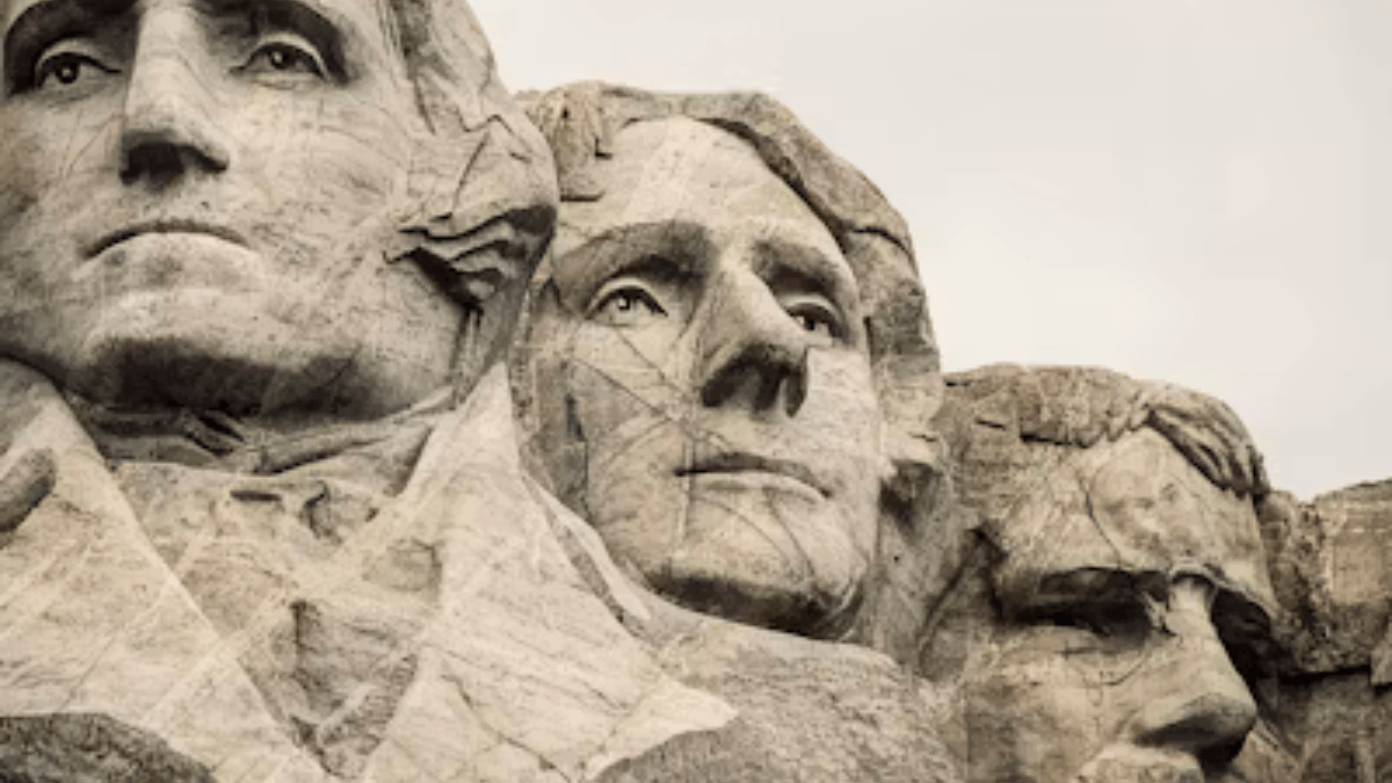The Declaration of Independence is perhaps the most influential document in world history, legally cutting the cords that connected Great Britain and the American colonies, and providing the intellectual underpinnings of a new nation. To learn who signed on to this piece of paper from world history, the leading Founding Fathers, and why Philadelphia was chosen to be the birthplace of American independence is a requirement in order to learn how the United States was created.
The 56 signers of the Declaration of Independence
56 members of the thirteen American colonies signed the Declaration of Independence, putting their lives, fortunes, and sacred honor at stake for independence. They were people from diverse backgrounds yet they had a common desire for liberty and self-rule.
Signers of note by state
Pennsylvania contributed nine signers: Benjamin Franklin (age 70, the senior signer), George Clymer, Robert Morris, Benjamin Rush, George Ross, James Smith, James Wilson, and George Taylor. Franklin, a scientist and illustrious printer, is the sole individual to have signed Declaration of Independence, Treaty of Alliance with France, Treaty of Paris, and U.S. Constitution.
Massachusetts contributed four signers: John Adams (40, who was the second president), Samuel Adams (53, merchant and revolutionary statesman), John Hancock (40, whose enormous signature was legendary), and Elbridge Gerry (32).
Virginia provided seven delegates: Thomas Jefferson (33, chief author of the Declaration), Benjamin Harrison (50), Francis Lightfoot Lee, Richard Henry Lee (44), Thomas Nelson Jr., and George Wythe (50).
New York provided four signatures: Philip Livingston, Francis Lewis, William Floyd, and Lewis Morris. Robert R. Livingston, one of the members of the Committee of Five who had authored the Declaration, did not sign because he was recalled to New York in hopes of persuading his colony to rally for independence.
The signers were between South Carolina’s 26-year-old Thomas Lynch Jr. and Rhode Island’s 69-year-old Stephen Hopkins in age. They came from a variety of occupations as well, including lawyers, merchants, plantation owners, physicians, and ministers, reflecting the leadership diversity of colonial America.
The Founding Fathers: Architects of American independence
The “Founding Fathers” is an umbrella term for those late-18th-century leaders of the American Revolution who united the Thirteen Colonies, waged the War of Independence, and founded the United States of America. In 1973, historian Richard B. Morris named seven notable founders based on his “triple tests” of leadership, longevity, and statesmanship.
The seven principal Founding Fathers
George Washington is the only individual most directly responsible as the “Father” of the United States. He was the commander-in-chief of the Continental Army, who took the colonies to victory in the Revolutionary War, and he was the first president, who set important precedents for the new nation.
Thomas Jefferson, author of the Declaration of Independence, was the third president and foremost of those establishing the philosophical foundations of American freedom. His descriptive writing style, which John Adams praised as having “peculiar felicity of expression,” made him the logical person to author the Declaration.
John Adams, the “Atlas of Independence,” was a staunch advocate for independence. He would later become the second president in the latter part of his career. He was the key figure who convinced Congress to publish the Declaration of Independence and was instrumental in securing foreign alliances.
The elder of the original founders, Benjamin Franklin, lent global renown and diplomatic expertise to the cause. His scientific status and printing experience made him a personage in America and around the world.
Alexander Hamilton, although not a signer of the Declaration of Independence, was a key figure in developing the nation’s economy and a proponent of a powerful national government. His part in negotiating Continental soldiers in Philadelphia demonstrated his early leadership.
James Madison, referred to as the “Father of the Constitution,” played a vital role in developing the Constitution and the Bill of Rights. His political ideology was the reason for organizing the American government.
John Jay was the initial Chief Justice of the Supreme Court and was a central figure in establishing the nation’s judiciary system.
The Committee of five: Writing the declaration
The writing of the Declaration of Independence was left to the Committee of Five, which was commissioned by the Continental Congress on June 11, 1776. Thomas Jefferson (of Virginia), John Adams (of Massachusetts), Benjamin Franklin (of Pennsylvania), Roger Sherman (of Connecticut), and Robert R. Livingston (of New York) made up the committee.
Jefferson was chosen as the primary author because of his exceptional writing ability and his previous experience with political documents. Adams famously told Jefferson, “You can write ten times better than I can,” and Franklin joined Adams in editing Jefferson’s initial draft. The committee worked from June 11 to July 5, 1776, with Jefferson writing largely in isolation between June 11 and June 28.
After Jefferson completed his draft, Adams and Franklin reviewed and revised it. The document was then presented to the full Continental Congress, which made significant changes over three days of debate before adopting the final version on July 4, 1776.
Philadelphia’s strategic central location
By the 1750s, Philadelphia had surpassed Boston as the largest city and busiest port in British America, making it the second-largest city in the entire British Empire after London. The city’s strategic location near the midpoint of colonial settlement made it equally accessible from both Northern and Southern colonies.
Philadelphia’s position along the Delaware River provided excellent transportation connections, and its status as a vital political, economic, and cultural center made it the natural choice for intercolonial gatherings. The city had already established itself as a hub for revolutionary activity, hosting the First Continental Congress in 1774 at Carpenters’ Hall.
Read more: What is the America Party? Elon Musk wants a new political force in America after Trump feud
Read more: What would happen if China invaded Taiwan?

